Instruction
Want better speed control on the greens? Download a metronome app

Understanding rhythm and tempo is crucial to being a great putter. Tempo is the pace we do things, and rhythm is the sequence of those events. In putting, rhythm is the attribute of the distance of the stroke back and through, while tempo is the time it takes to complete the stroke.
When rhythm is off, weaknesses in speed control are exposed, especially under pressure. And when a player is struggling with their distance control, the length and speed of the stroke can be the first tell.
So how do we factor this into our putting? Golfers should strive to use the same tempo and timing for ALL length putts. In other words, the time it takes for you to swing the putter head back and make contact with the ball will be the same on a 5-foot putt as it is on a 20-foot putt. The only thing that varies is the length of the backstroke and forward stroke.
There’s no one correct tempo for a putting stroke, either, not even on the PGA Tour. So you need to figure what tempo suits you the best. The best way to do that? Read on.
Use a metronome to improve you putting tempo
Using a metronome is the best way to practice proper tempo for putting. You can use it to practice matching different length putting strokes to the sound of the metronome beat. The beat of the metronome will stay consistent, but the length of the stroke will differ due to the length of the putt.
Don’t have a metronome? That’s ok. You can download a metronome app for your smart phone, which works just as well. Most are free, too.
Above is a video demonstration of starting the stroke on the first beep and making contact on the second beep. Make sure the volume is on so you can hear the sound of the metronome throughout the stroke. I made the video while using a Visio putting arc, which is another great tool to help make sure the length of your stroke is even.
Once you have practiced using a metronome, you can carry that tempo and rhythm to the course. Once you find a tempo that suits you best, a simple mental count of “one-two” while putting will serve as your internal metronome.
At-home drill using a metronome
I sometimes ask my students to work on their putting stroke away from the course, because it helps keep them from thinking too mechanically. When we’re playing a round of golf, putting should be more instinctive and the focus should be external and on things like speed and line — not positions or mechanics.
Below is a great drill you can do at home that incorporates the use of a metronome or your mental “one-two” count. It will give you instant and important feedback.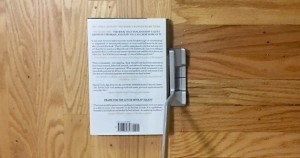
Place a book on the floor, turn your metronome on and set your putter head against the side of the book. You will take the putter head back on the first beep, and softly strike the back of the book on the second beep. Imagine rolling different length putts: a 5-footer, a 10-footer, a 20-footer and so on. Make sure your putter head strikes the side of the book on the second metronome beat no matter how long the putt.
What you want is the length of your stroke to change, but your tempo to remain consistent. I use a metronome beat count of “65” while doing the drill, but you may differ.
Enjoy this drill, and let me know if you have further questions in the comments section below. I’ll do my best to answer as many questions as I can.
- LIKE85
- LEGIT7
- WOW3
- LOL2
- IDHT2
- FLOP0
- OB1
- SHANK5
Instruction
Clement: Stop ripping off your swing with this drill!

Not the dreaded headcover under the armpit drill! As if your body is defective and can’t function by itself! Have you seen how incredible the human machine is with all the incredible feats of agility all kinds of athletes are accomplishing? You think your body is so defective (the good Lord is laughing his head off at you) that it needs a headcover tucked under the armpit so you can swing like T-Rex?
- LIKE0
- LEGIT0
- WOW1
- LOL0
- IDHT0
- FLOP0
- OB0
- SHANK2
Instruction
How a towel can fix your golf swing

This is a classic drill that has been used for decades. However, the world of marketed training aids has grown so much during that time that this simple practice has been virtually forgotten. Because why teach people how to play golf using everyday items when you can create and sell a product that reinforces the same thing? Nevertheless, I am here to give you helpful advice without running to the nearest Edwin Watts or adding something to your Amazon cart.
For the “scoring clubs,” having a solid connection between the arms and body during the swing, especially through impact, is paramount to creating long-lasting consistency. And keeping that connection throughout the swing helps rotate the shoulders more to generate more power to help you hit it farther. So, how does this drill work, and what will your game benefit from it? Well, let’s get into it.
Setup
You can use this for basic chip shots up to complete swings. I use this with every club in my bag, up to a 9 or 8-iron. It’s natural to create incrementally more separation between the arms and body as you progress up the set. So doing this with a high iron or a wood is not recommended.
While you set up to hit a ball, simply tuck the towel underneath both armpits. The length of the towel will determine how tight it will be across your chest but don’t make it so loose that it gets in the way of your vision. After both sides are tucked, make some focused swings, keeping both arms firmly connected to the body during the backswing and follow through. (Note: It’s normal to lose connection on your lead arm during your finishing pose.) When you’re ready, put a ball in the way of those swings and get to work.

Get a Better Shoulder Turn
Many of us struggle to have proper shoulder rotation in our golf swing, especially during long layoffs. Making a swing that is all arms and no shoulders is a surefire way to have less control with wedges and less distance with full swings. Notice how I can get in a similar-looking position in both 60° wedge photos. However, one is weak and uncontrollable, while the other is strong and connected. One allows me to use my larger muscles to create my swing, and one doesn’t. The follow-through is another critical point where having a good connection, as well as solid shoulder rotation, is a must. This drill is great for those who tend to have a “chicken wing” form in their lead arm, which happens when it becomes separated from the body through impact.
In full swings, getting your shoulders to rotate in your golf swing is a great way to reinforce proper weight distribution. If your swing is all arms, it’s much harder to get your weight to naturally shift to the inside part of your trail foot in the backswing. Sure, you could make the mistake of “sliding” to get weight on your back foot, but that doesn’t fix the issue. You must turn into your trial leg to generate power. Additionally, look at the difference in separation between my hands and my head in the 8-iron examples. The green picture has more separation and has my hands lower. This will help me lessen my angle of attack and make it easier to hit the inside part of the golf ball, rather than the over-the-top move that the other picture produces.


Stay Better Connected in the Backswing
When you don’t keep everything in your upper body working as one, getting to a good spot at the top of your swing is very hard to do. It would take impeccable timing along with great hand-eye coordination to hit quality shots with any sort of regularity if the arms are working separately from the body.
Notice in the red pictures of both my 60-degree wedge and 8-iron how high my hands are and the fact you can clearly see my shoulder through the gap in my arms. That has happened because the right arm, just above my elbow, has become totally disconnected from my body. That separation causes me to lift my hands as well as lose some of the extension in my left arm. This has been corrected in the green pictures by using this drill to reinforce that connection. It will also make you focus on keeping the lead arm close to your body as well. Because the moment either one loses that relationship, the towel falls.


Conclusion
I have been diligent this year in finding a few drills that target some of the issues that plague my golf game; either by simply forgetting fundamental things or by coming to terms with the faults that have bitten me my whole career. I have found that having a few drills to fall back on to reinforce certain feelings helps me find my game a little easier, and the “towel drill” is most definitely one of them.
- LIKE11
- LEGIT1
- WOW2
- LOL0
- IDHT0
- FLOP2
- OB0
- SHANK8
Instruction
Clement: Why your practice swing never sucks
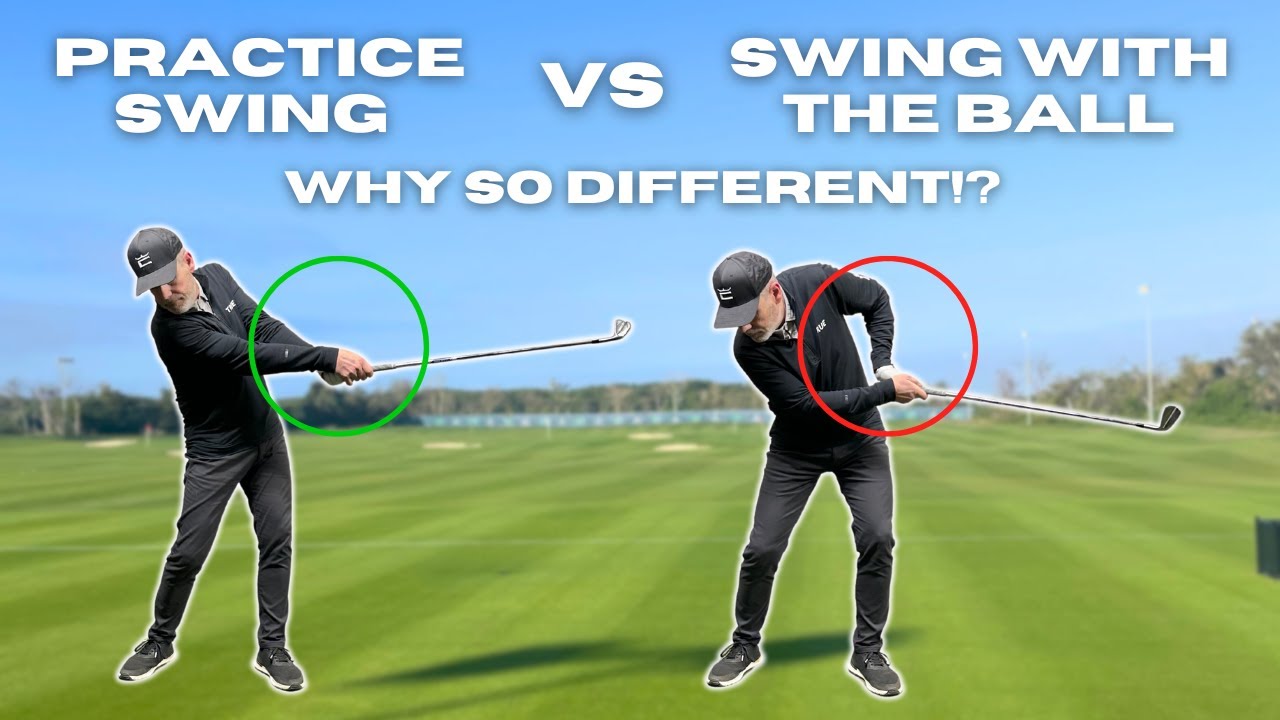
You hear that one all the time; I wish I could put my practice swing on the ball! We explain the huge importance of what to focus on to allow the ball to be perfectly in the way of your practice swing. Enjoy!
- LIKE0
- LEGIT0
- WOW0
- LOL0
- IDHT0
- FLOP0
- OB0
- SHANK2
-

 19th Hole3 weeks ago
19th Hole3 weeks agoTour pro calls Anthony Kim a ‘f*****g idiot’ following Instagram comeback post
-
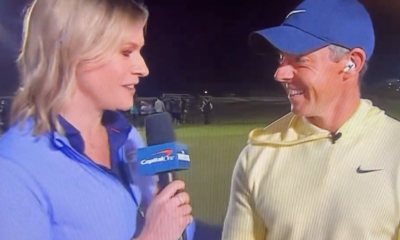
 19th Hole3 weeks ago
19th Hole3 weeks agoThis Rory McIlroy post-round ‘The Match’ moment is going viral…but all is likely not what it seems
-

 Whats in the Bag3 weeks ago
Whats in the Bag3 weeks agoAnthony Kim WITB 2024 (February)
-
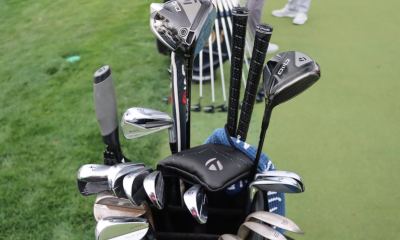
 Whats in the Bag2 weeks ago
Whats in the Bag2 weeks agoScottie Scheffler WITB 2024 (March)
-

 19th Hole3 weeks ago
19th Hole3 weeks agoAnthony Kim’s speculated LIV Golf sign-on fee may surprise you
-
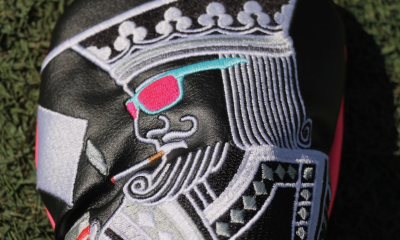
 Tour Photo Galleries2 weeks ago
Tour Photo Galleries2 weeks agoPhotos from the 2024 Arnold Palmer Invitational
-
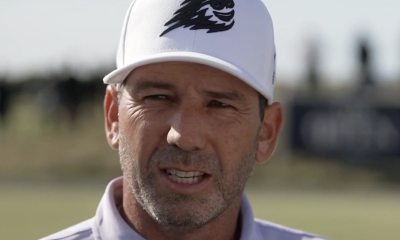
 19th Hole2 weeks ago
19th Hole2 weeks agoThe total sum that Sergio Garcia needs to pay in fines if he wants to return to DP World Tour revealed
-

 19th Hole2 weeks ago
19th Hole2 weeks agoJoaquin Niemann names 3 PGA Tour events he’d love to play each year ‘in a perfect world’










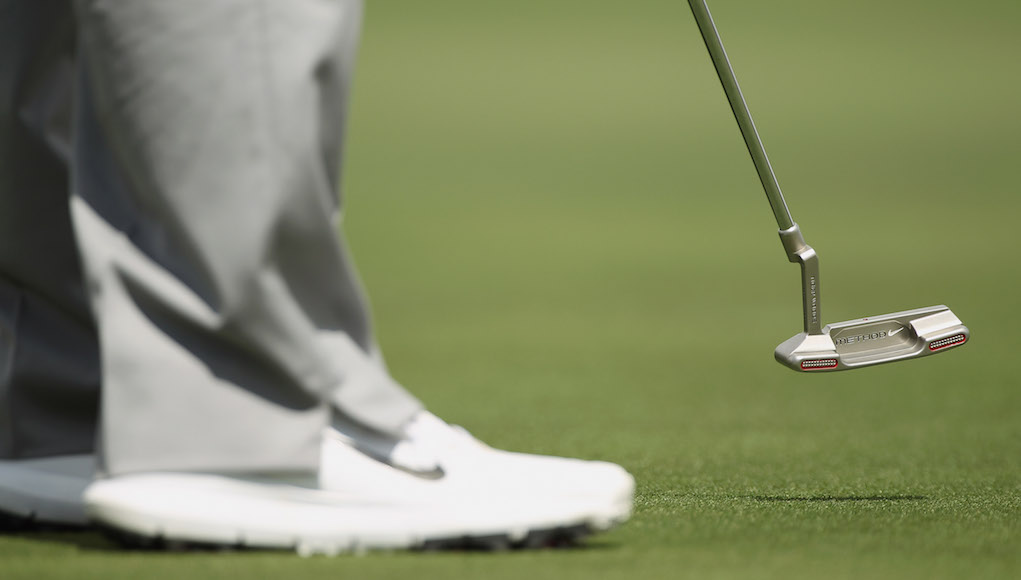








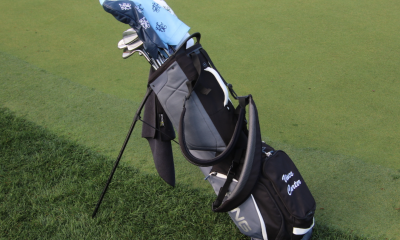

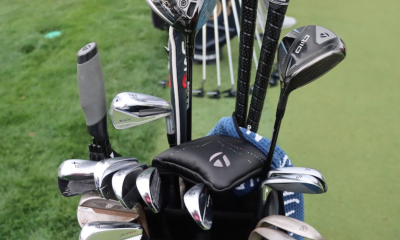

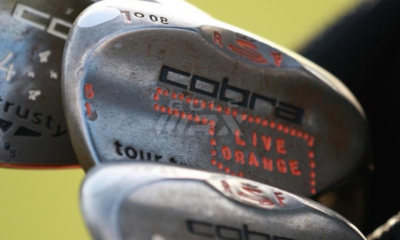

Radim Pavlicek
Nov 30, 2016 at 7:31 am
Extremely confusing. I think you mean 2 clicks back and one forward. Not 1 back and 1 forward as stated in the article.
Kelvin Kelley
Nov 30, 2016 at 10:57 am
You can do either…two clicks is just to keep it simple. Take the putter head back on the first click, make contact on the second click. If wanted a click on a different part of your stroke, would have to change metronome beat.
Jake V
Nov 29, 2016 at 6:04 pm
In my opinion, one of the best ways to improve distance control in putting is to buy an Odyssey putter. 🙂
Joe Brennan
Nov 29, 2016 at 12:45 pm
Another great tip… Thanks..
Azman Long Hamid
Nov 27, 2016 at 9:17 pm
Why 65 ???
Kelvin Kelley
Nov 27, 2016 at 10:13 pm
Azman,
Great question. Typically the rhythm of the stroke is twice as long back as the downswing to impact so a 2.1 ratio. So that’s 2/3 of the time back and 1/3 of the time down. This number has been calculated based on Tour averages.
Azman Long Hamid
Nov 28, 2016 at 2:06 am
Ok, that’s make sense. Thanks.
TeeBone
Nov 28, 2016 at 1:59 pm
For a 2:1 rhythm, you’d need to make impact on the third click. It would be 2 clicks back, 1 click forward.
Kelvin Kelley
Nov 28, 2016 at 2:07 pm
Yes, you can change the metronome beat to match this ratio as well.
TeeBone
Nov 29, 2016 at 1:39 am
There is equal time between beats/clicks with a metronome. A 2:1 ratio for backswing:forward swing will always be 2 beats back and one beat forward to impact. The only thing you can adjust is the tempo. If a specific app makes the 3rd or 4th beat sound different, then its more than just a metronome.
Kelvin Kelley
Nov 29, 2016 at 10:31 am
Correct
WillyNilly
Nov 27, 2016 at 1:27 pm
You do reason you wrote that you want your students to do a mechanical “metronome” drill to get away from becoming too mechanical on the course. Even in music study the metronome is considered a mechanical step required to improve timing, however, it doesn’t mean it will translate to feel, and feel is what sinks putts and creates moving music. I have tried the 1-2 count in the past, but prefer to feel it with physical triggers versus actual counting. That being said, timing is important and I’ll record myself putting and analyze the video afterwards to see how my timing is and how it relates to my distance control. Thanks for the article – always open to a different way of looking at a problem.
WillyNilly
Nov 27, 2016 at 1:41 pm
where “reason” = “realize” :o)